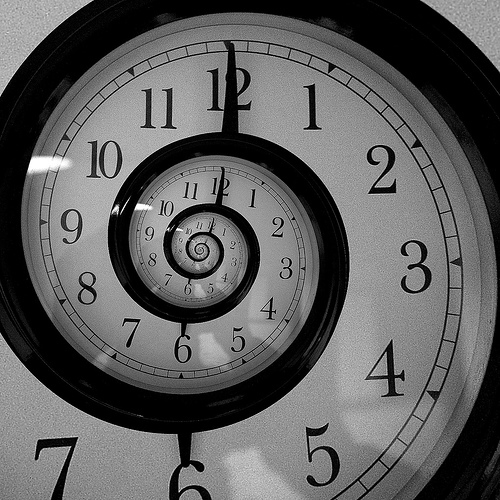In my post Engage engines, I talked about the theoretical drive that boosts the explorer ship to an appreciable fraction of the speed of light in order to reach the Iota Persei system in a reasonable time — i.e. before my ‘stellarnauts’ grow too old.
It was important for the story that the world of Horizon was far enough away from Earth for the crew to be entirely isolated from any direct interference — or chance of assistance — from their home planet. That’s why I chose the Iota Persei star system which is thirty-four light years from Earth.
To work out how long it would take Magellan to get there, I had to perform a number of mathematical equations. For someone who failed higher maths at school, it was a bit of a stretch and the results have a fair degree of fudge factor, including not accounting for the time taken for the ship to accelerate from rest, but I think they work well enough to support the story.
Firstly, how far is it to Iota Persei? Saying it’s thirty-four light years away really only means it takes a particle of light thirty-four years to get there. Light travels in a vacuum at a speed of 299,792,458 metres per second, commonly referred to as ‘c’. There are 31,536,000 seconds in a year, which means there are 1,072,224,000 seconds in 34 years (thanks, Excel!). That means the distance to Iota Persei is ‘c’ times the number of seconds in 34 years, which equals 321,444,668,486,592,000 metres, or a little over 321 trillion kilometres.
Secondly, how fast does the crew of Magellan need to travel to get there and not be geriatrics on arrival? The drive of the ship is (kind of) grounded in real world physics. I didn’t want to have a super-sci-fi hyperdrive or warp drive because the launch is only set about sixty to eighty years in the future. I felt that travelling at 0.6 ‘c’ was probably reasonable for technology of that time. Dividing the distance to Iota Persei by 0.6 ‘c’ equates to a travel time of 1,787,040,000 seconds or 56.6 years. Still quite a long time. A crew with an average age of thirty would be well into their eighties on arrival. But I had a couple of extra tools to apply to the problem: one due to relativity and the other, I’ll admit, is a bit of hand-wavy sci-fi.
Special relativity allows that a person who is moving experiences time differently to a person who is at rest. The faster the person travels, the slower time passes for them. This ‘time dilation’ can be worked out by using the Lorentz factor, which, for all you maths nerds out there, is 1 divided by the square root of 1 minus the square of the velocity of the ship over the square of ‘c’. For my crew, travelling at 0.6 ‘c’, the Lorentz factor is 1.25, which means the amount of time that passes on the ship during the journey is 56.6 years divided by 1.25, which is 45.3 years. A little better, but the crew would still be pushing seventy-five on arrival.
So I had to deploy a kind of suspended animation for my crew. Once they leave Earth, the crew enter harnesses, which protect them from the acceleration of the ship and also significantly slows their metabolism. The effect of this is to cut ageing by a factor of seven, so the 45.3 year trip only amounts to about 6.47 years of ageing, which is much better for the purposes of the story.
The thing about writing science-based science fiction is that it takes a lot of work in the background to justify a few words on the page. The explanation above took over five hundred words. Hopefully it’s interesting to read as a blog post, but would be dull as dishwater in a novel. Here’s what all that work ended up looking like in the finished novel:
Picture credit:She still had no idea how long they’d been in deepsleep, and Phillips wasn’t around to tell her. She looked closely at Bren, trying to detect any signs of ageing. The mission was scheduled to take fifty-five years by Earth’s frame of reference, or slightly more than forty-five years’ ship time. On average, deepsleep slowed physical processes by a factor of seven so the whole journey should see them age by a little over six years. Bren’s bleached buzzcut had grown out to a shoulder-length, mouse-brown cloche with a wistful frizz of blonde at the tips. But apart from that and her sickly condition, she looked pretty much the same. Hell, they might be no more than a couple of years out from Earth for all Cait knew.
“Time Travel Haikus 5-7-5” by CityGypsy11 is licensed under CC BY-NC 2.0 .


